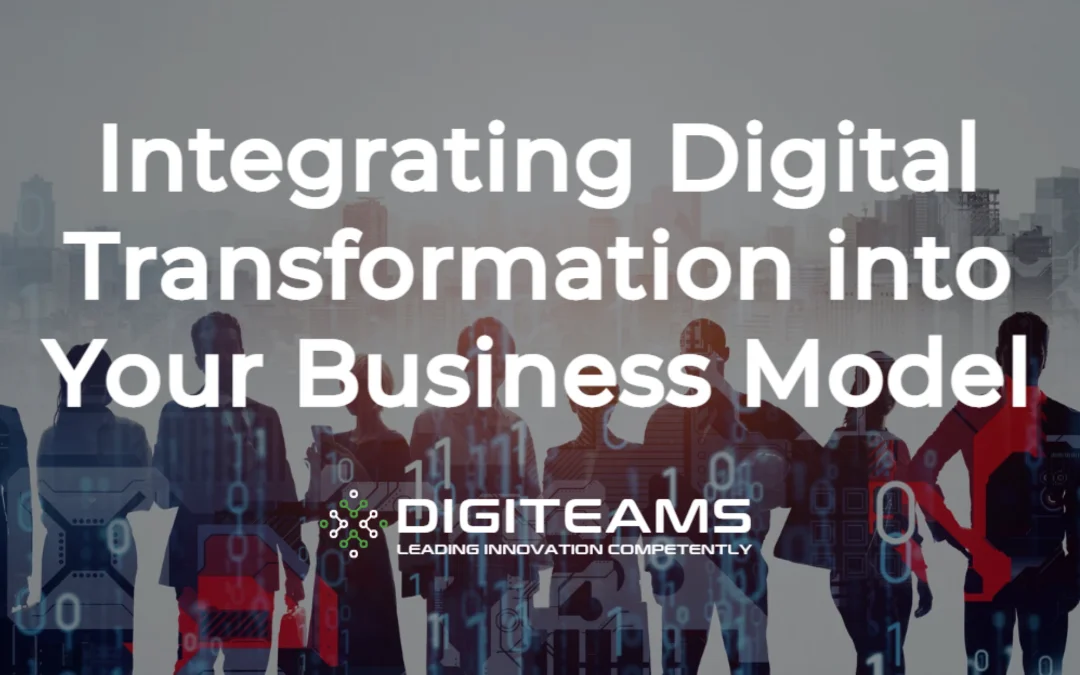In this rapidly evolving era of technological advancement, digital transformation is no longer an option, but a business imperative. Digital transformation is the integration of digital technology into all aspects of a business, fundamentally changing how it operates and delivers value to customers.
This article aims to guide you through the necessary steps to effectively integrate digital transformation into your business model.
Understanding Digital Transformation
Before integrating digital transformation into your business model, you must understand what it entails. It’s not merely about incorporating new technologies, but about reshaping your entire business operations. It requires a change in leadership, different thinking, encouraging innovation, and new business models, coupled with the integration of digital technologies.
Next we will discuss the processes of digital transformation.
1. Establishing a Digital Vision
The journey to digital transformation starts with a clear vision. Companies need to set clear goals and understand what digital transformation means to them. They should identify which parts of their business can benefit most from digital technologies and assess how digital transformation will align with their overall business objectives. This vision should be well-communicated and understood across all levels of the organisation.
2. Leadership and Culture Change
Digital transformation demands a shift in corporate culture and mindset. The leadership should be prepared to encourage a culture of innovation, agility, and continuous learning. It involves taking risks, learning from failures, and fostering a culture that values collaboration and customer-centricity.
3. Skills Development and Talent Acquisition
With digital transformation comes the need for new skills. Businesses should identify the skills gaps within their organisation and invest in reskilling or upskilling their existing workforce. In some cases, new talent acquisition may be necessary to meet the technical and strategic requirements of the transformation.
4. Customer-centric Approach
Digital transformation is primarily about enhancing the customer experience. Businesses must take a customer-centric approach, using digital technologies to offer personalised experiences and solutions. This could involve using data analytics to better understand customer behaviour and preferences, and then adapting products and services accordingly.
5. Digital Technology Adoption
Businesses must leverage digital technologies that align with their transformation goals. This could involve cloud computing for data storage and processing, artificial intelligence for automation and personalization, blockchain for secure transactions, or IoT for connected devices and systems.
6. Data-Driven Decision Making
Digital transformation is about making the company more data-driven. This involves collecting and analysing large amounts of data, and using insights gained from this data to drive decision-making. With the right digital tools, businesses can gain real-time insights, predict trends, and make informed decisions that improve business performance.
7. Implementation and Evaluation
The implementation phase is about putting the plan into action. It’s important to start small with pilot projects, learn from these experiences, and gradually scale up the transformation efforts. Businesses should continuously evaluate the progress of their digital transformation initiatives and adjust their strategies as needed.
Conclusion: The Continuous Journey
Digital transformation is not a one-off project, but a continuous journey. It requires ongoing efforts to adapt to new technologies and market conditions. Ultimately, the success of your digital transformation journey will depend on your ability to embrace change, adapt, and innovate.
